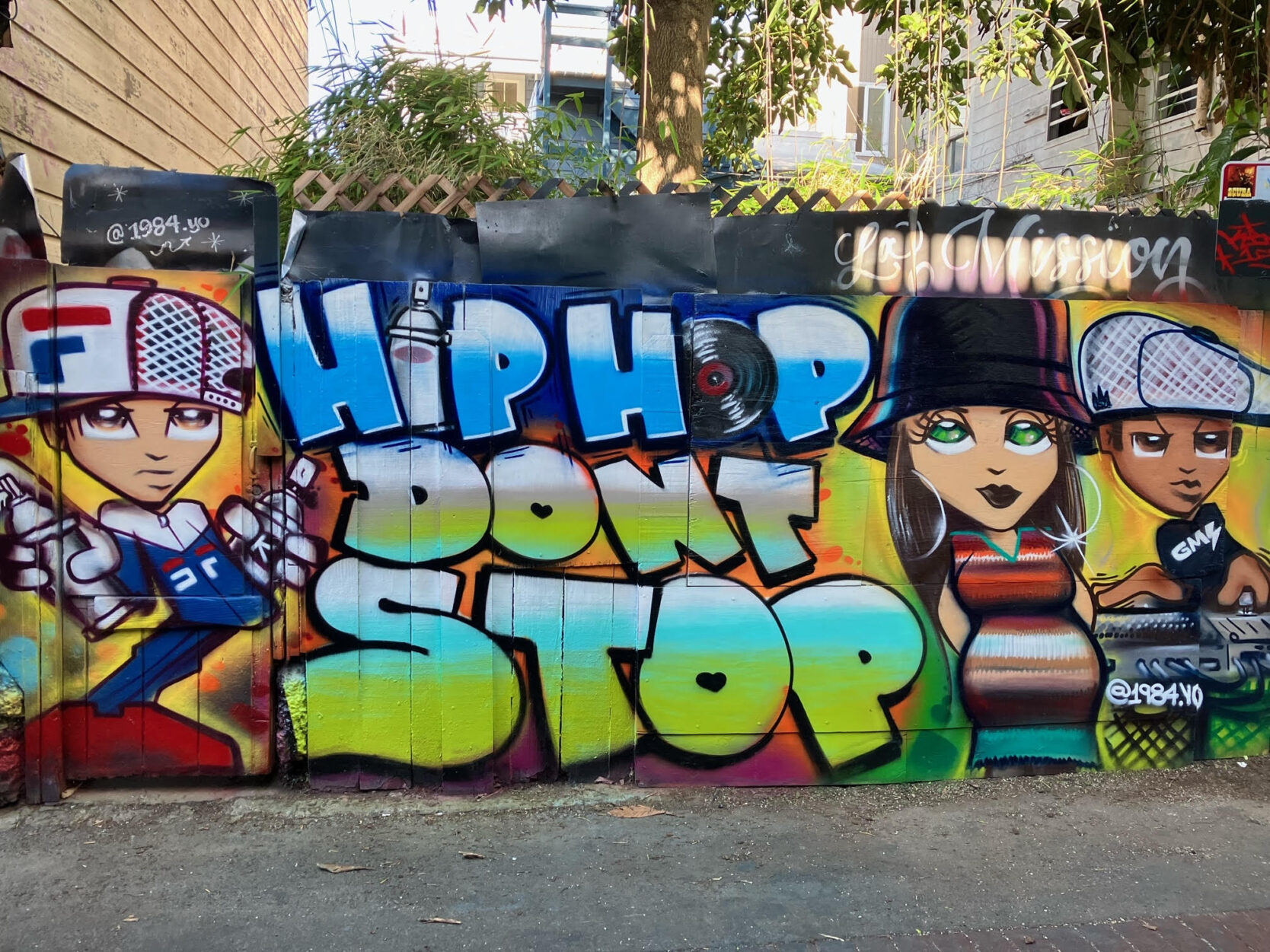Even in the Bay Area––long an underdog in West Coast rap compared to its larger and more affordable foil L.A.––San Francisco has never been known as a hub of great rap music. Most of the Bay rappers and rap groups you might’ve heard of (Too $hort, E-40, Mac Dre, SOB x RBE, Nef the Pharaoh) hail from across the San Francisco Bay in Oakland, Berkeley, or Vallejo.
Perhaps it’s because San Francisco is one of the most expensive cities in the world, especially for artists. Maybe it’s because of SF’s relatively small Black population (about 6% as of last year), much of which has migrated to the suburbs in the past few decades. Maybe it’s because there’s a lack of unity in its rap scene—and indeed, the story of “Frisco” rap is less of an overarching regional narrative and more a collage of countless scenes, sounds, and artists. (It’s OK to say “Frisco,” by the way; “San Fran” is the big no-no.)
Yet the list of great rappers and rap records from the city is impressive by any standard. The artists and micro-scenes below offer just a small glimpse of a history that deserves to be acknowledged—alongside the Summer of Love, the ‘80s thrash boom, and the ‘00s garage rock explosion—in the annals of SF’s contributions to popular music.
Bayview/Hunters Point
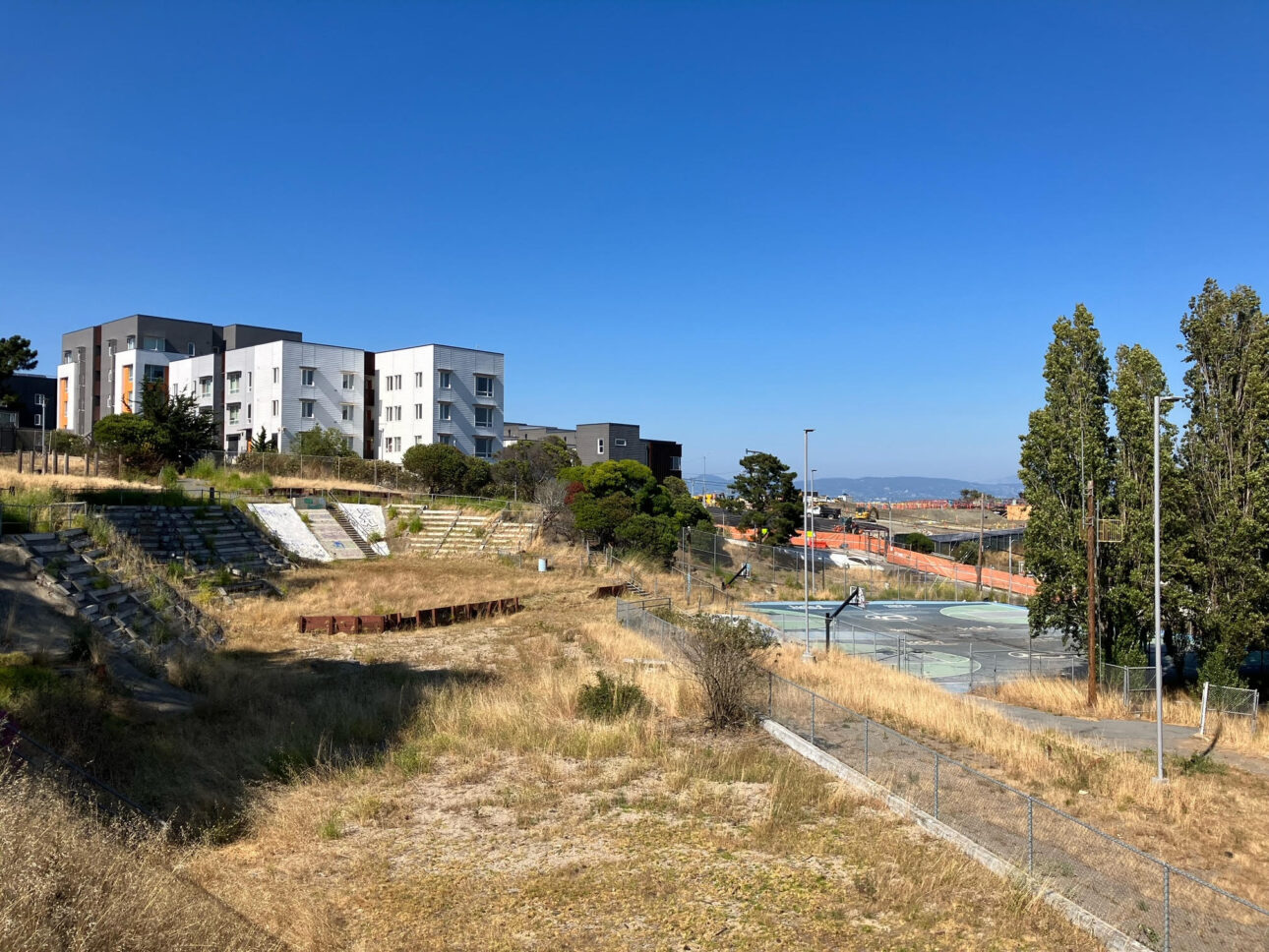
Bayview and its eastern extreme, Hunters Point, tucked deep in San Francisco’s southeastern corner, has been a locus of SF’s African-American community for more than half a century. It’s also one of the city’s most isolated and marginalized areas thanks to a long history of redlining, discriminatory housing policies, police violence, and industrial pollution (including, allegedly, radioactive waste) from the Hunters Point Naval Shipyard, which once served as the center of the neighborhood’s economy. Still, the Harbor Road hilltop community, from which many of the neighborhood’s sharpest artists emerged, boasts some of the best views of the San Francisco Bay in the city.
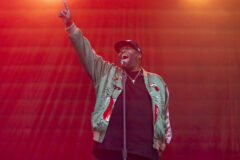
Also Read
QUOTE/UNQUOTE
Early Hunters Point rappers include Claytis the Greatest (CTG) and Budwyser—but Budwyser’s protégé Black C truly put the neighborhood on the map with RBL Posse, whose “Don’t Give Me No Bammer Weed” ought to make the top two or three on any list of the definitive Frisco rap songs — and its 1992 parent album, A Lesson To Be Learned, any list of its definitive full-lengths. RBL might’ve blossomed into the city’s biggest stars, but the group’s promising career was tragically cut short by the shooting deaths of members Mr. Cee on New Year’s Day 1996 and Hitman in 2003. Black C moved across the Bay to Antioch, where he continues to record and produce.
The neighborhood’s most prominent rapper in the 2020s, and possibly the biggest SF rapper ever, is Larry June, who presents himself in his laid-back luxury rap as a supreme financial whiz—something an artist might have to be, in order to survive the city’s financial drain in 2023. Other young rappers from the area include Llama Llama, whose breakout song “Body Bags” details the gang violence that’s plagued the area for years, and Prezi, a second-generation Hunters Point resident whose music is steeped in local lore.
Fillmore
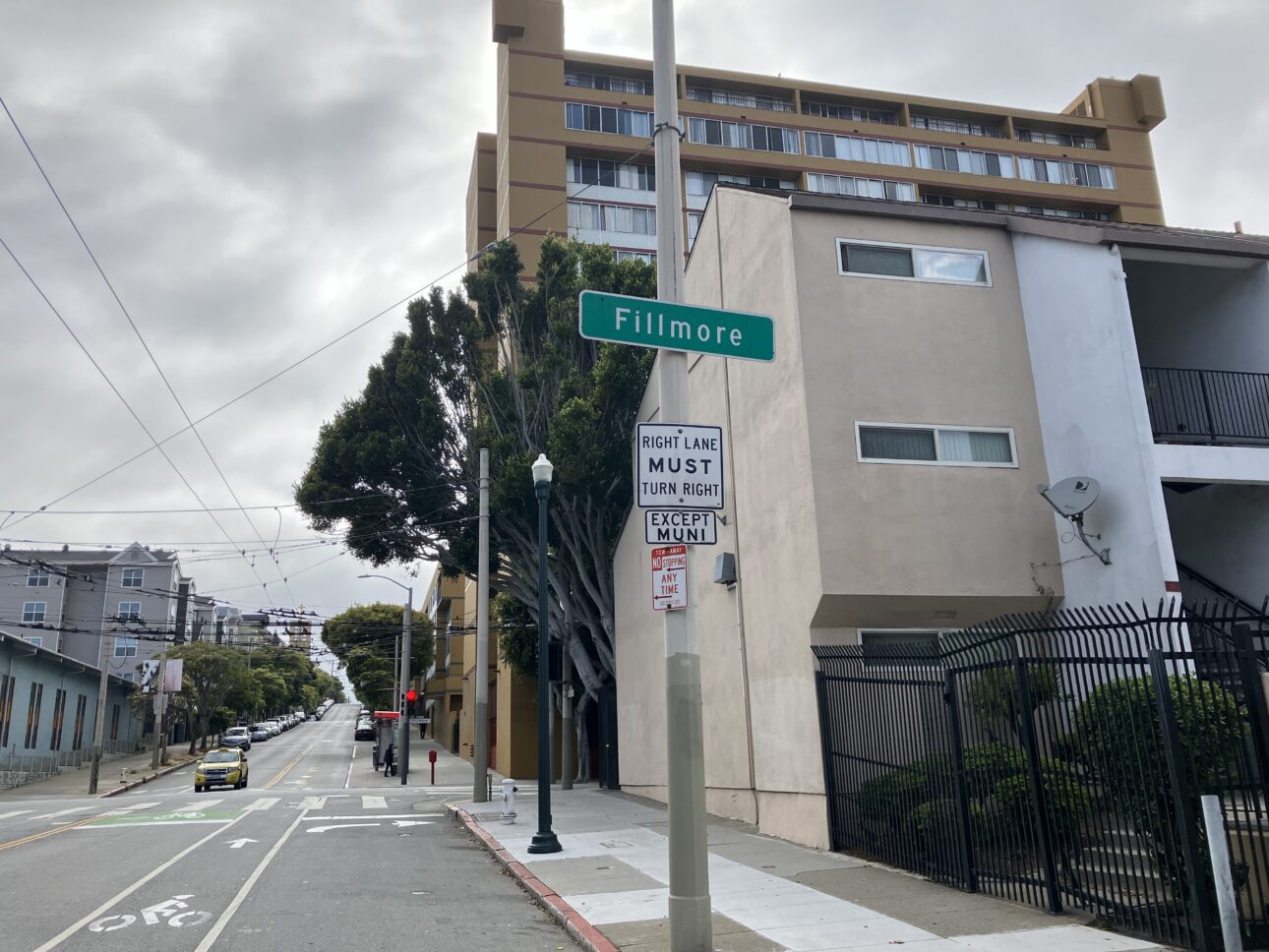
The “Fillmoe” (or the “Moe”) was once the largest center for jazz on the West Coast before aggressive “urban renewal” in the 1960s led to the wide-scale demolition of homes and businesses, including many of its clubs. Most of the Fillmore’s jazz history has been relegated to upscale jazz-themed restaurants and murals of bygone greats, but its rap history has guaranteed this neighborhood in north-central SF a continued place in the Bay Area cultural pantheon.
One of the most iconic early Fillmore rappers was Hugh-EMC, whose 1988 single “It’s The Game” with DJ Rock (a.k.a. DJ-X1) is an early classic of Frisco rap. In the 1990s, many of the great Bay Area rappers emerged from the Fillmore, most notably Big Rich, Dre Dog (who would later find success as Andre Nickatina), JT the Bigga Figga, Messy Marv, Rappin’ 4-Tay, and San Quinn.
The Fillmore’s rap legacy lives on through younger artists like the woozy-voiced DaVinci (who somewhat inevitably titled an album The MOEna Lisa), Lil Pete, Lil Yee, Show Banga, and Stunnaman02, whose “Big Steppin” dance went viral in 2021 and has been performed by such local luminaries as East Bay legend E-40 and San Francisco 49ers mascot Sourdough Sam. One prominent local personality to emerge from the Moe is Berner, whose entrepreneurial ventures (and local cannabis mini-empire) are at least as well-known as his music.
Lakeview
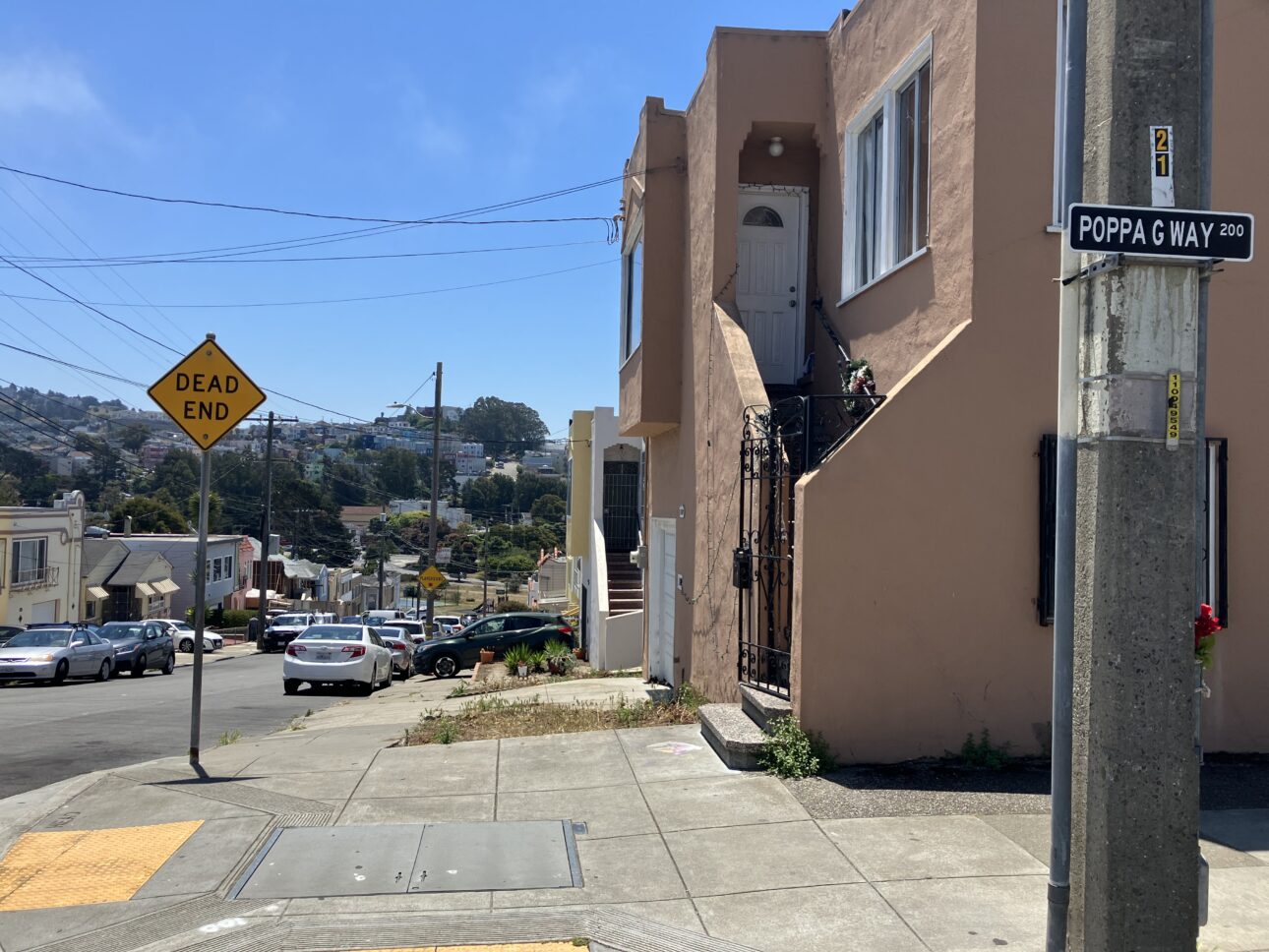
The foggy Oceanview neighborhood near San Francisco’s southwestern corner is popularly known by residents as Lakeview. Though only a few rappers have emerged from this relatively small neighborhood, their impact has been massive. Gravelly-voiced Cougnut is one of the most-respected SF hip-hop artists ever, a true rapper’s rapper, often collaborating with his younger brother Baldhead Rick. Cougnut’s group I.M.P. is responsible for the all-timer “Frisco” and gave Dre Dog (Andre Nickatina) his start, but Cougnut never released a solo album before his early death from a car accident in 2001.
By contrast, his contemporary Cellski has appeared on over 100 releases as a rapper and producer—his haunting production on Young Ed’s Time To Stack embodies SF’s juxtaposition of the natural and industrial better than just about any other rap album I’ve heard. Cellski is active as a local entrepreneur; he runs Inner City 2k Records and his own burger stand, Big Mafi Burger, whose menu items are named in tribute to local legends like Berner.
More recent heavyweights to emerge from Lakeview include Alien Mac Kitty, daughter of Cougnut and niece of Baldhead Rick, who boasts a sharp and modernized take on the sound of classic Frisco rap; 24kgoldn, whose pop-rap songs like “Mood” and “Valentino” went viral during the pandemic; and Dregs One, a graffiti artist and rapper whose History Of The Bay podcast is essential listening for anyone looking to dive deeper into local lore.
Visitacion Valley (Sunnydale/Towerside)
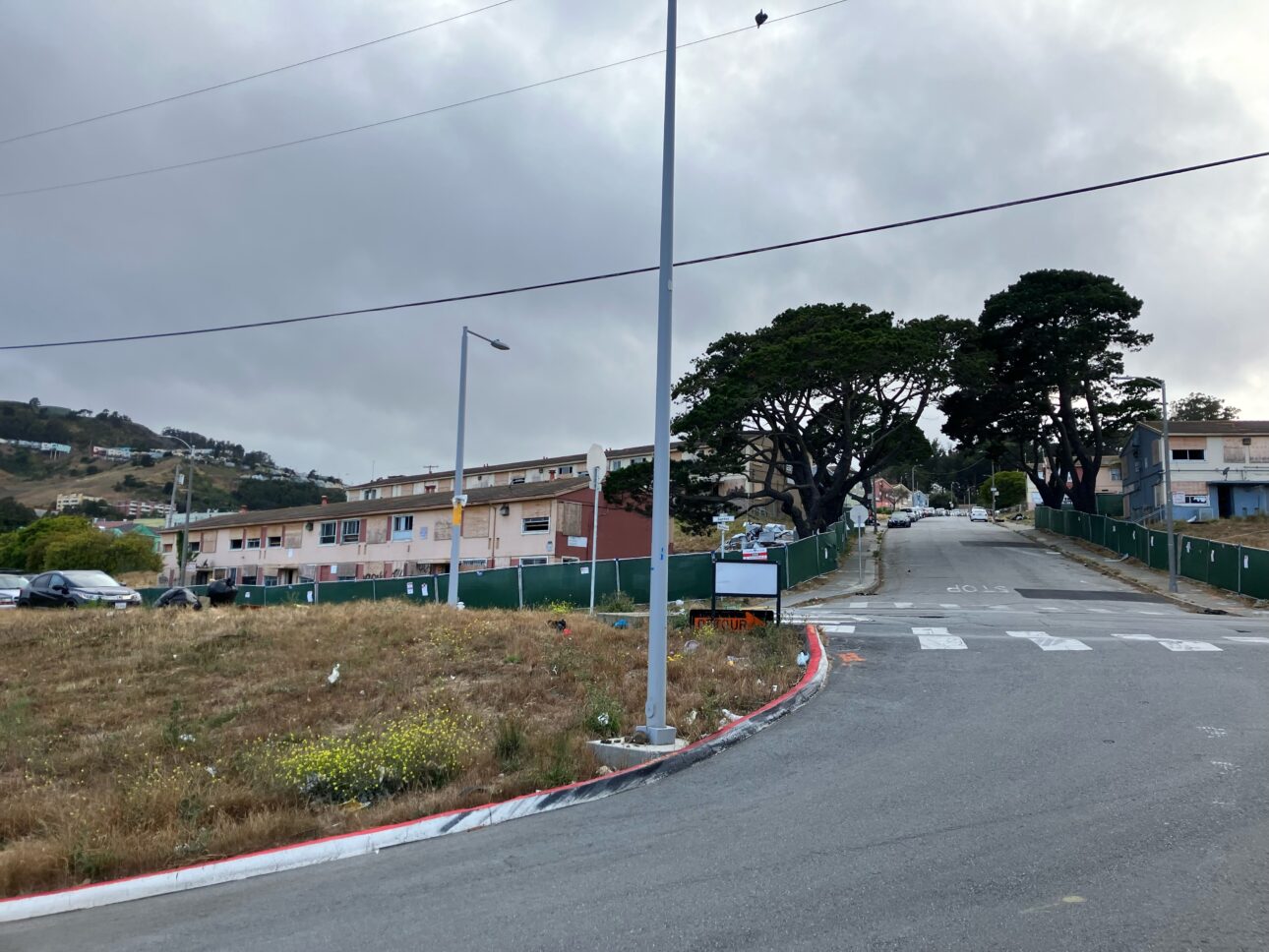
Located on the southern border of San Francisco near Daly City, Visitacion Valley’s rap scene has long revolved around the Sunnydale Projects and Geneva Towers, a gigantic development dismantled in 1998 and many of whose residents subsequently settled in the “Towerside” projects that replaced it.
Sunnydale (“The Swamp” or “Swampy D”) was a small but crucial hub for San Francisco rap in the ‘90s. In 1991, a young rapper named L-Chedda founded the gloriously named Butt Naked Records to release albums by The Creeper, Down-N-Dirty Hustlas, and his own Ghetto Soldiers collective, whose ultra-grimy 1995 tape Strictly Sickly stands as a hard-to-find but revelatory document from this era of hyper-local San Francisco rap. L-Chedda remains active, often in collaboration with Towerside’s G-Man, and his voice has become raspier, yelpier, and more distinctive over the years.
Today, the hottest young rapper out of Visitacion Valley is Sunnydale’s Lil Kayla, currently on tour with the well-established East Bay phenomenon Nef the Pharaoh. Other rappers from the area who’ve earned local hits in recent years include Yatta, the late Lil Yase, and TearItOffGreezy from Sunnydale, and Lil Bean and ZayBang from Towerside.
ELSEWHERE IN SF
In the Sunset District, Dan “The Automator” Nakamura’s basement studio The Glue Factory produced some of the quirkiest alternative hip-hop of the ‘90s, including Kool Keith’s Dr. Octagonecologyst and Nakamura’s own dystopian Deltron 3030 collab with Del Tha Funkee Homosapien. The Mission District—one of San Francisco’s central hubs for the arts and a historically Latin American district—has produced an eclectic crop of hip-hop, from the ranchera-inflected sound of La Doña to the blog-era cloud-rap baubles of A-1 to the gnarly Norteño street rap of Gangsta Flea.
Despite the city’s vast rap history and the eclecticism of San Francisco’s various neighborhoods, the biggest SF rappers tend to be isolated phenomena. The success of Larry June and Lil Kayla has not quite led to an explosion of interest in Frisco rap, at least not in the same way regional styles like Brooklyn drill, Michigan rap, or Jersey club have captured the international music zeitgeist so far this decade.
Frisco’s current state of transition is hostile to artists; it’s been one of the most expensive cities in the country for years, even more so after the 2010s tech boom, and it seems in for a post-COVID economic downturn after the pandemic shift towards remote work has left the downtown nearly deserted. What effect this will have on the city’s music scene in the 2020s remains to be seen, but a mural in the Mission District’s Lilac Alley offers a hopeful message: “Hip hop don’t stop.”

